Archive
Emmanuel Gran
- Emmanuel
- Gran
Эммануил Моисеевич Гран
- 04-04-1984
- Samara (RU)
- 21-06-1969
- New York (US)
- ArchitectTeacher
A stateless Russian Jew exiled in Shanghai, Emmanuel Gran rose to become the most accomplished and the most prolific of the diaspora architects. His projects included dozens of public and commercial buildings, apartments and villas in Shanghai and elsewhere in China; close to twenty of them still stand in downtown Shanghai.
Word Count: 51
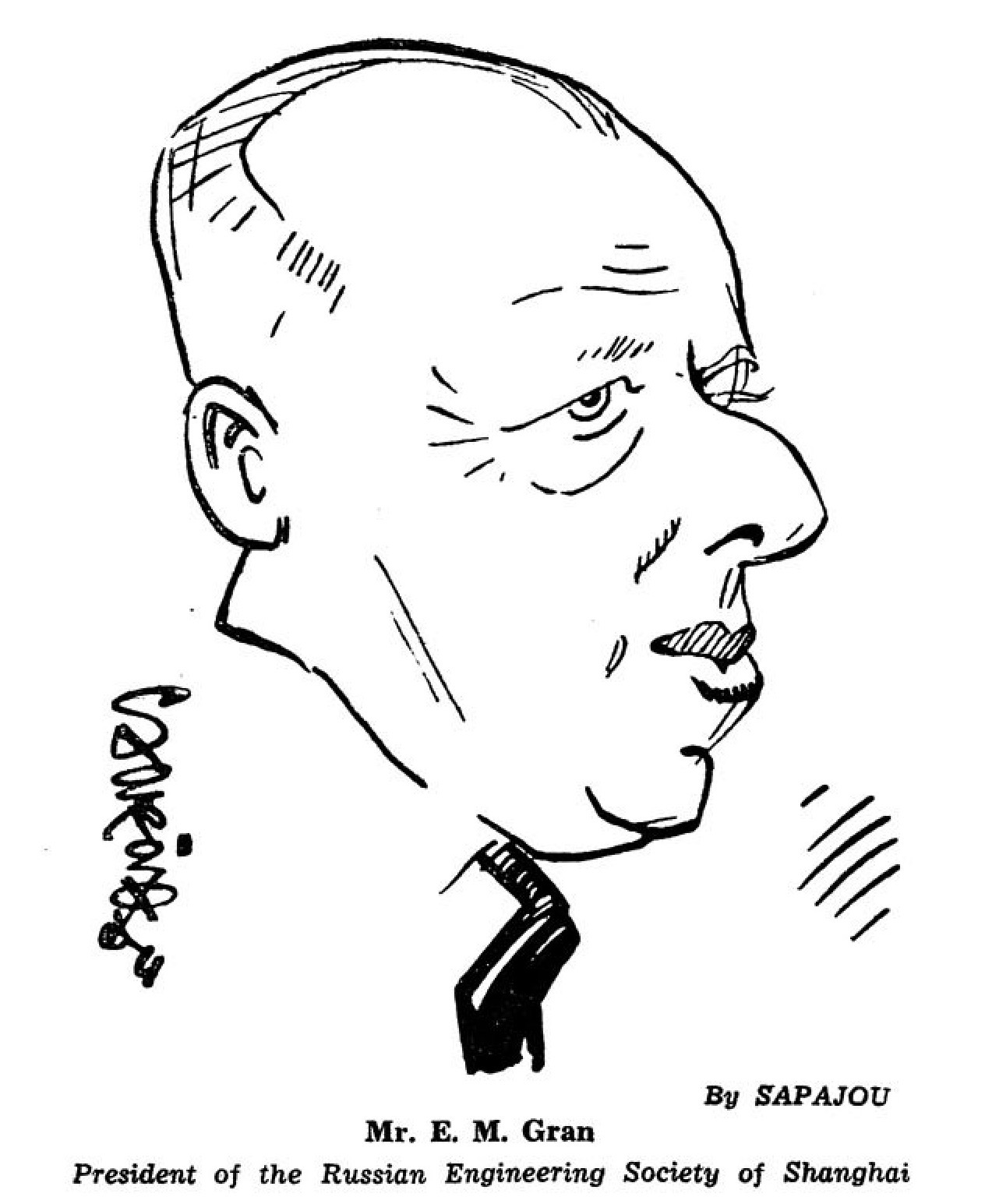
Sapajou (Georgy Sapojnikoff), portrait of Emmanuel Gran, cartoon, around 1934, The North-China Daily News, 17 April 1934. 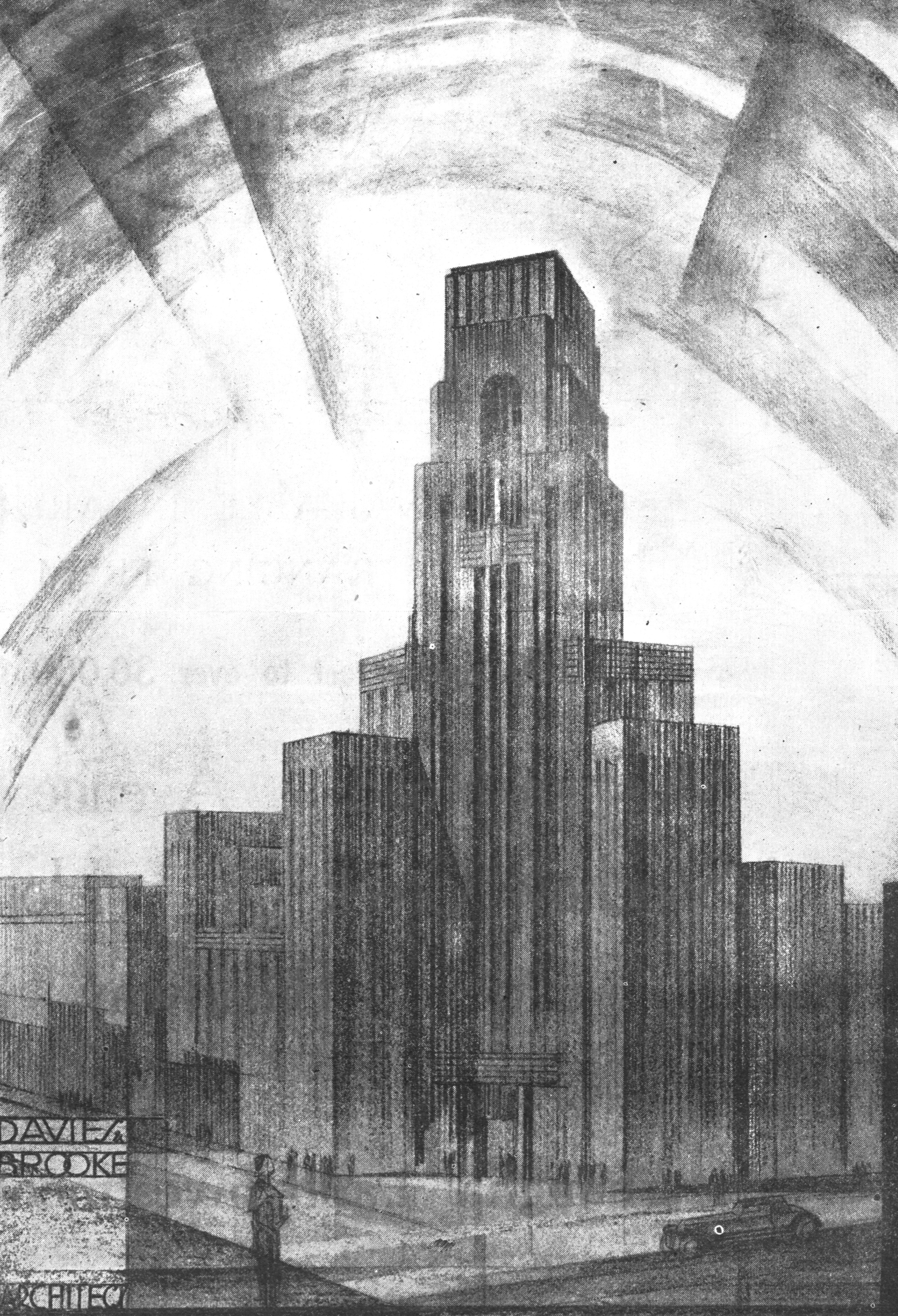
Emanuel Gran, development building in downtown Shanghai, drawing, Shanghai Sunday Times, 11 December 1932. 
Emanuel Gran, Medhurst Apartments on Bubbling Well Road, drawing, 1934, Shanghai Sunday Times, 10 December 1933. One of Gran’s largest projects for Davies, Brooke & Gran. 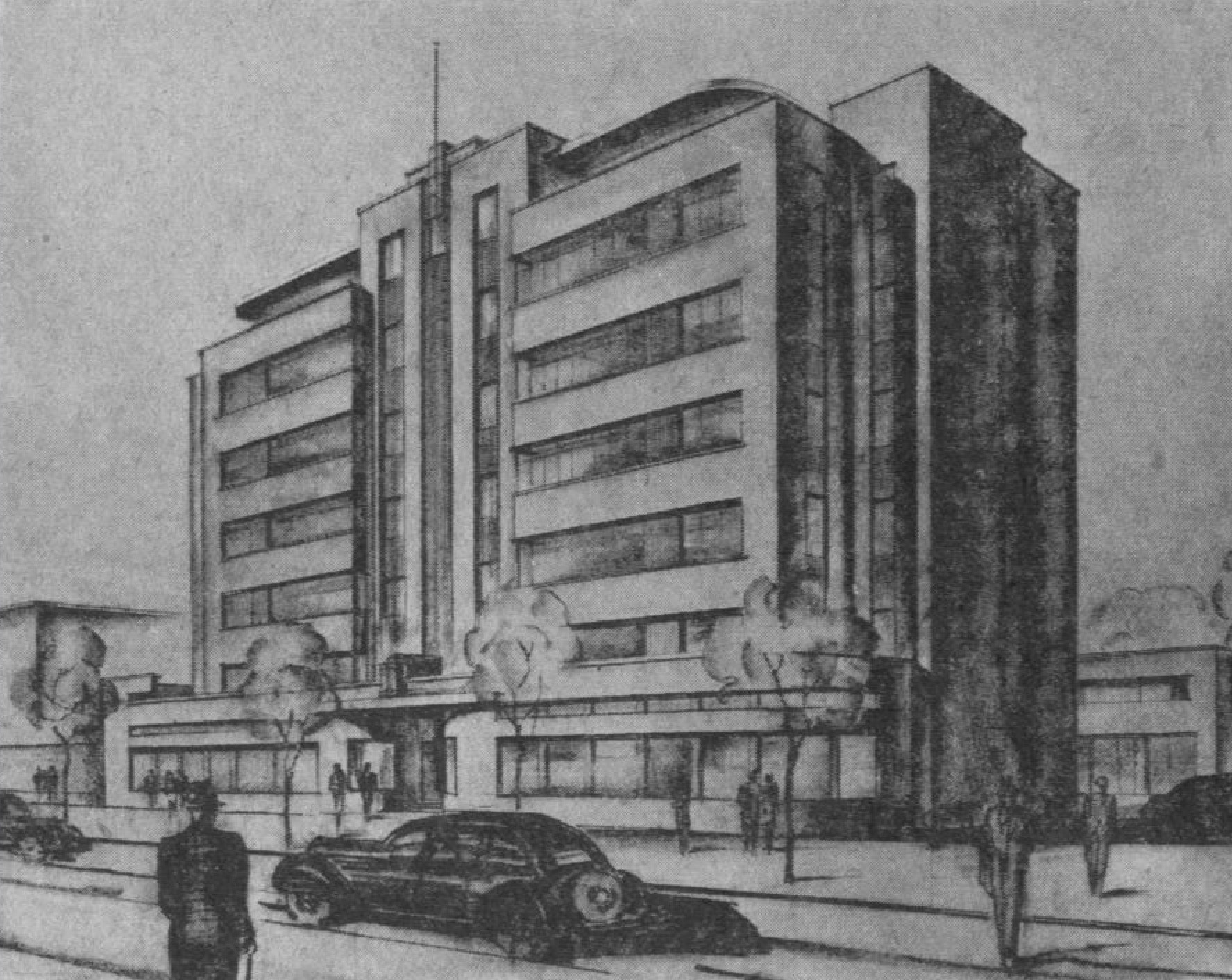
Davies Brooke & Gran, development of the Hanray Apartments on Avenue Joffre, drawing, Shanghai Sunday Times, 12 December 1937. 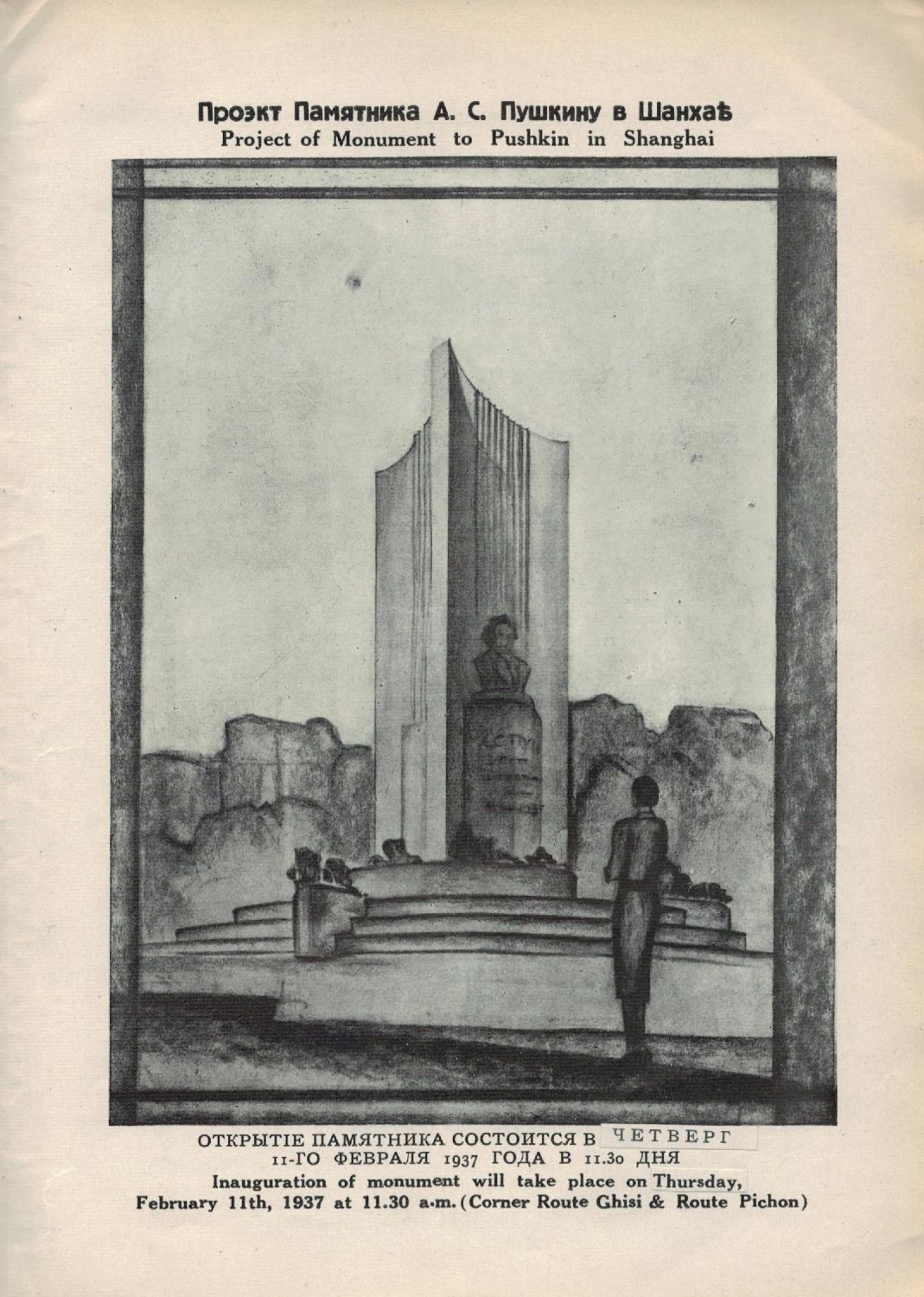
Drawing of the project for Pushkin’s Monument, brochure page, Pushkinskie dni v Shanhae (Pushkin Centenary 1837–1937), 1937 (Public domain). 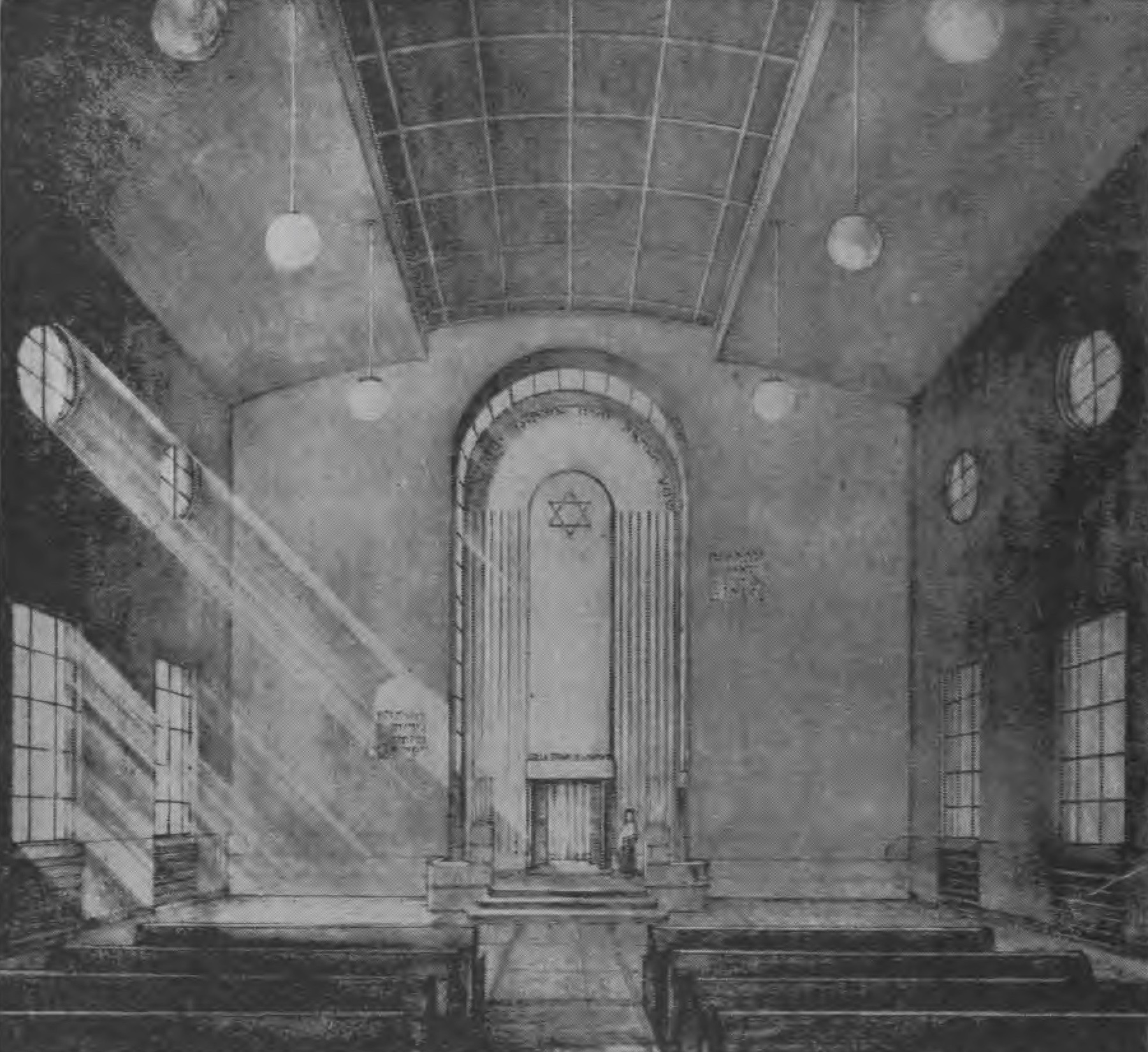
Emanuel Gran, New Ashkenazi Synagogue on Rue Tenant de la Tour, drawing, Shanghai Sunday Times, 12 December 1937. 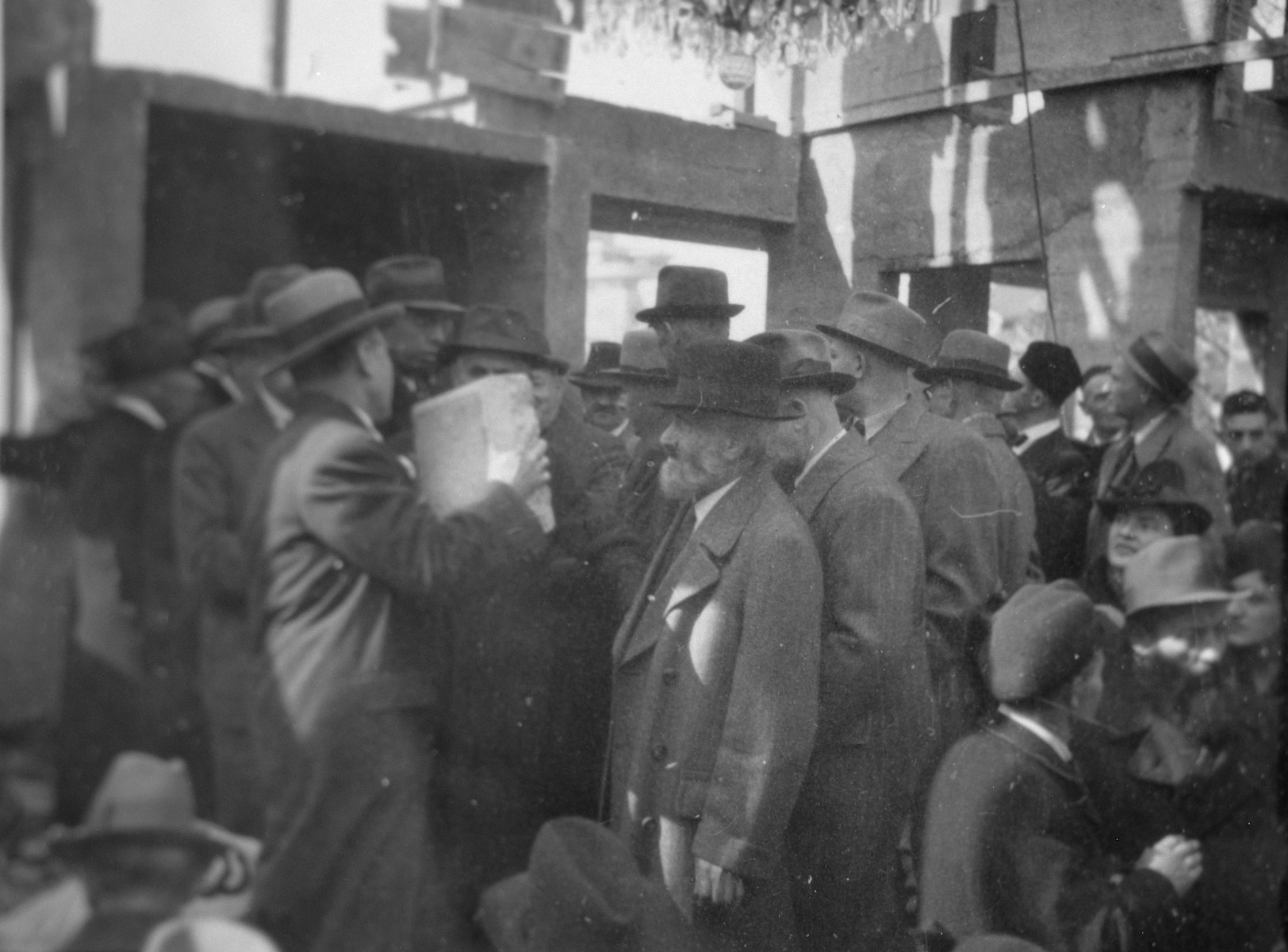
Mary Catalina, Ceremony of the laying of the cornerstone of the New Ashkenazi Synagogue, 24 November 1940, photography (© United States Holocaust Memorial Museum, Siegmund Sobel collection). Knyazeva, Katya. “Building Russian Shanghai: the Architectural Legacy of the Diaspora.” Journal of the Royal Asiatic Society China, vol. 80, 2020.
Pushkin Days Committee. Pushkinskie dni v Shanhae 1837–1937 (Pushkin Centenary 1837–1937). Shanghai, 1937.Word Count: 29
China (1921–1949); New York, USA (1949–1969)
7 Samarkand Apartments, 1986 Avenue Joffre, French Concession (now Huaihai Lu, Xuhui Qu) (residence); Russian Engineering Society, Medhurst Apartments, 934 Bubbling Well Road, International Settlement (now Nanjing Xi Lu, Jing‘an Qu); Ashkenazi Synagogue, 102 Route Tenant de la Tour, French Concession (now Xiangyang Nan Lu, Xuhui Xu) (one of the projects); Pushkin’s monument, Route Pichon, French Concession (now Fenyang Lu, Xuhui Qu) (one of the projects), Shanghai
- Shanghai
- Katya Knyazeva. "Emmanuel Gran." METROMOD Archive, 2021, https://archive.metromod.net/viewer.p/69/2952/object/5138-11320428, last modified: 08-05-2021.
-
Mikhail KichiginArtistDesignerTeacherShanghai
Mikhail Kichigin was Shanghai’s preeminent émigré artist in the 1930s and 1940s. He travelled extensively around China and Eastern Asia, exhibiting his work and conducting visual studies. A versatile professional and a respected art instructor, he influenced a number of young artists from the Russian diaspora.
Word Count: 47
Victor PodgourskyArtistDesignerTeacherShanghaiVictor Podgoursky spent more than twenty-five years in Shanghai, working as an artist, teacher and designer. As a long-standing member of the Shanghai Art Club, he acted as the resident art critic and an instructor in life drawing and painting for the members.
Word Count: 43